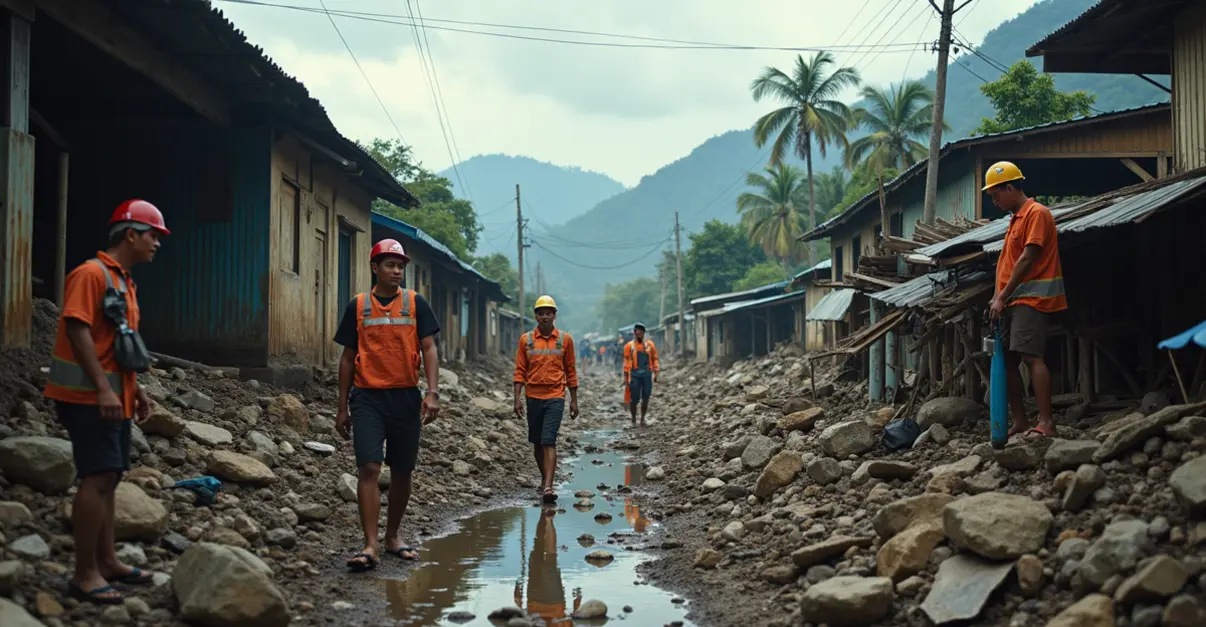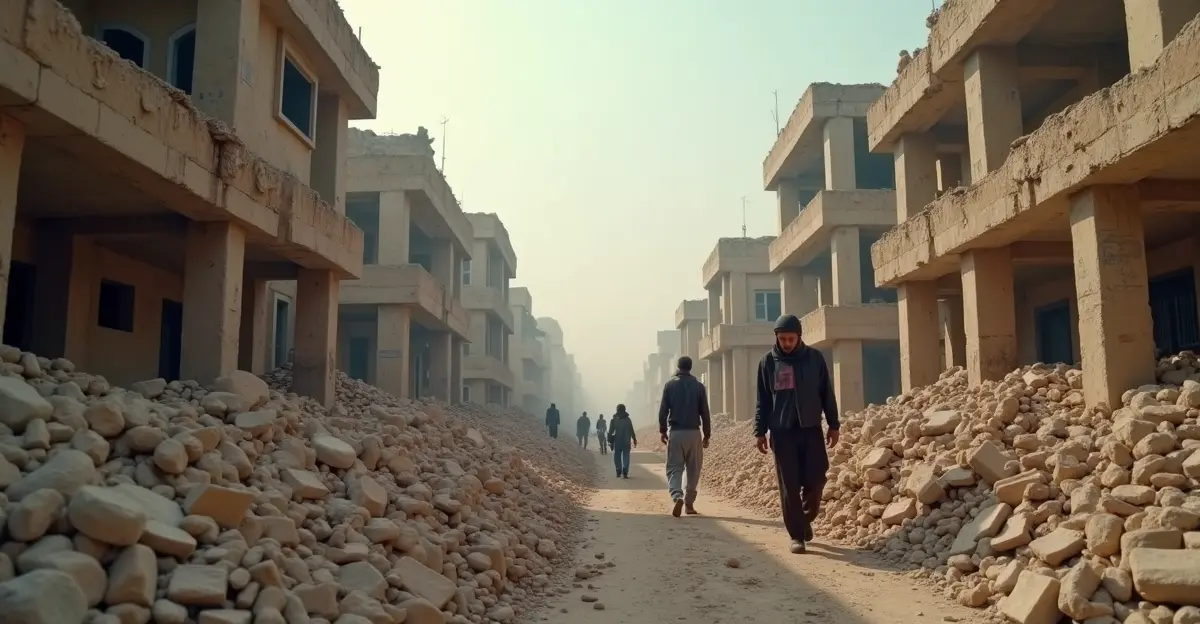A 6.9 magnitude earthquake struck Cebu island in the Philippines, killing at least six people. Rescue efforts face challenges from darkness and aftershocks as buildings collapsed and infrastructure was damaged.

Major Earthquake Devastates Cebu Island
A powerful 6.9 magnitude earthquake struck the Philippine island of Cebu late Tuesday evening, killing at least six people and causing widespread destruction. The quake, which lasted approximately ten seconds according to local police chief reports, occurred around 10:00 PM local time with its epicenter located about 17 kilometers northeast of the island in the sea.
Rescue Operations Underway Amid Challenges
Rescue teams are working through the night to search for survivors trapped under collapsed buildings, but their efforts are being hampered by darkness and continuing aftershocks. Four of the victims were found in a collapsed sports center in the northern part of the island, while reports indicate a child was buried under rubble in the same municipality.
"We are sending multiple trauma teams, doctors and nurses in that direction," Governor Pamela Baricuatro told a local radio station. "We need food and medication."
Infrastructure Damage and Power Outages
The earthquake caused significant damage to infrastructure across Cebu, with multiple buildings collapsing, roads destroyed, and widespread power outages reported. According to Governor Baricuatro, many homes have been severely damaged, leaving residents stranded on the streets. A local hospital also sustained damage, further complicating medical response efforts.
The Philippines lies within the highly active Pacific Ring of Fire, making it particularly vulnerable to seismic activity. The complex tectonic setting involves multiple subduction zones and strike-slip faults that regularly produce significant earthquakes throughout the archipelago.
Regional Earthquake History
The Philippines has experienced numerous devastating earthquakes throughout its history, with the largest being the 1918 Celebes Sea earthquake measuring Mw 8.3. The country's location at the convergence of several tectonic plates, including the Philippine Sea Plate and Sunda Plate, creates ongoing seismic hazards that affect millions of residents across the island nation.

 Nederlands
Nederlands
 English
English
 Français
Français
 Deutsch
Deutsch
 Español
Español
 Português
Português









